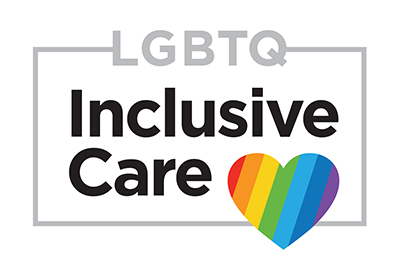“I’ve had days where it’s extremely difficult to get up in the morning. I’ve had days where I really could not imagine a single pathway forward. And those were such weighing times. It was terrible. All I wanted to do is sleep so that I wouldn’t have to be conscious. That’s no way to live.
I think of other young women who have to go through this and you see them withdraw and crumble and fall away from the things that they love. And I just think – how, how do we let that happen?”
_____________________
There is a lot of misinformation that circulates about sexual violence and the people affected by it. We see this happening especially when high-profile cases make it to mainstream media platforms.
The substantial problem with myths and misconceptions regarding sexual assault, sexual abuse, and rape is that it can adversely impact the behaviors and responses of friends, family, medical, social services, and law enforcement personnel to a survivor who has disclosed the assault or abuse.
Additionally, these myths can significantly affect a survivor’s ability to heal and recover from the trauma of sexual violence if they themselves believe any of these.
Education remains a key tool in prevention. Read through this list of common myths and misconceptions regarding sexual assault so that you can be certain you are not perpetuating further damaging information and can be a true ally to all survivors of assault.
MYTH: Sexual assault is an act of lust and passion that can’t be controlled.
FACT: Rape and sexual assault are crimes of violence and control that stem from a person’s determination to exercise power over another – NOT motivated by sexual gratification.
MYTH: Individuals provoke sexual assaults when they dress provocatively or act in a promiscuous manner.
FACT: Neither provocative dress nor promiscuous behavior are invitations for unwanted sexual activity. Forcing someone to engage in non-consensual sexual activity IS sexual assault, regardless of the way that person dresses or acts.
MYTH: Rape can be avoided if people avoid dark alleys or other “dangerous” places.
FACT: This “assumption of risk” wrongfully places the responsibility of the offender’s actions with the victim. Rape and sexual assault can occur at any time, in many places, to anyone.
MYTH: Most sexual assaults are committed by strangers. It’s not necessarily rape if the people involved knew each other or were in a relationship.
FACT: For both completed and attempted rapes, about 9 in 10 offenders were known to the victim. Most often, a boyfriend, ex-boyfriend, classmate, friend, acquaintance, or co-worker. It does not matter whether there is a current or past relationship; unwanted sexual activity is still sexual assault and is a serious crime.
MYTH: Sexual assault victims will report the crime immediately to the police. If they do not report it or delay in reporting it, then they must have changed their minds after it happened or wanted revenge.
FACT: There are many reasons why a sexual assault victim may not report the assault to the police. The experience of re-telling what happened may cause the person to relive the trauma. Other reasons for not immediately reporting the assault or not reporting it at all include fear of retaliation by the offender, fear of not being believed, fear of being blamed for the assault, fear of being “revictimized” if the case goes through the criminal justice system, belief that the offender will not be held accountable, wanting to forget the assault ever happened, not recognizing that what happened was sexual assault, shame, and/or shock.
MYTH: Only young, pretty women are assaulted.
FACT: The belief that only young, “pretty” women are sexually assaulted stems from the myth that sexual assault is based on sex and physical attraction. Sexual assault is a crime of power and control, and offenders often choose people whom they perceive as most vulnerable to attack or over whom they believe they can assert power. Assumptions about the “typical” sexual assault victim may further isolate those victimized because they may feel they will not be believed if they do not look like the stereotypical sexual assault victim.
MYTH: Women often falsely accuse men of sexual assault or “cry rape.”
FACT: Only 2-8% of rapes are falsely reported, the same percentage as for other felonies.
MYTH: Men are not victims of sexual violence.
FACT: At least 1 in 6 men have been sexually assaulted or abused – whether in childhood or as adults. Males who have such experiences are even more less likely to disclose the abuse or assault than are females, so we know the number is actually much higher.
These are just a few of MANY myths and misconceptions. What others can you think of? Comment below!





